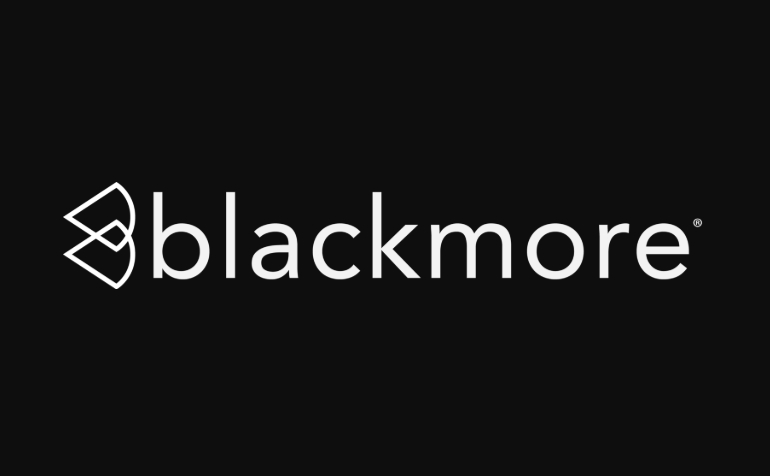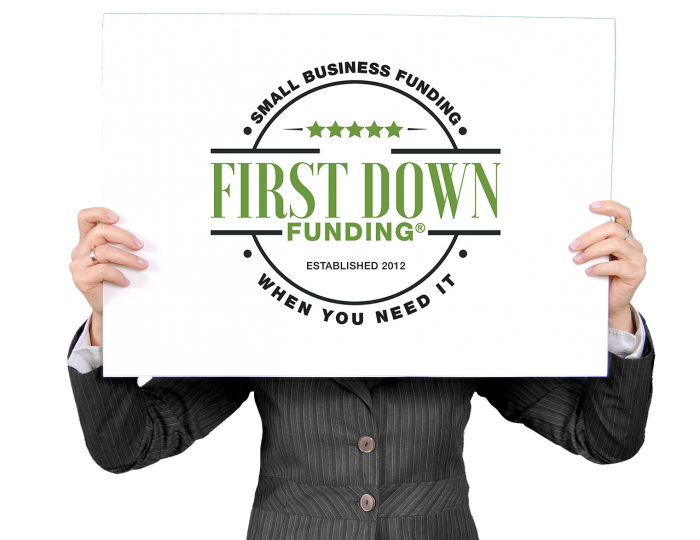Doing Business In Montana
Business Facts
Montana’s economy has been outperforming the national economy since the turn of the century, including having better performance during the 2007 recession and a faster, stronger economic recovery exiting the recession. Montana’s outperforming economy is evidenced in nearly every economic metric: Montana’s unemployment rate has been lower than the U.S. unemployment rate since the 2001 recession and has remained about 1.5 percentage points lower than the U.S. rate throughout 2014. Montana has the 8th fastest GDP growth among states over both the last five years and ten years (ending in 2013), and Montana’s GDP growth was faster than the U.S. average in every year since 2000, except for 2012. Montana’s personal income growth has also outpaced the national average, ranking as the 6th fastest over the last five years and 7th over the last ten years. Montana has the fifth fastest wage growth among states for both the five and ten year timeframes. Montana’s economy is healthy, posting above average job growth and improvement in all economic indicators.
Small Business and Startup Environment
Montana has 106,789 small businesses, according to the most current federal data available. Of those 106,789 small businesses in Montana, 33,801 have employees. The remaining 72,988 are Montana small businesses that have no employees.
The states entrepreneurial spirit combined with lower than average startup costs, particularly construction and real estate costs, has led to more small businesses opening across the state. In the last year, over 2,940 new business entities were formed by Montana entrepreneurs. These start-ups are making an impact on the workforce, with close to 15,000 Montanans working in businesses less than two years old and almost 45,000 Montana workers in businesses created in the last five years.
Major Companies
Montana is home to large companies such as: St Patrick Hospital & Health, Iinnii Initiative, State of Montana, Washington Corporations, Glacier Bancorp Inc, Town Pump, Billings Clinic, Kalispell Regional Healthcare, First Interstate BancSystem Inc, The Waggoners Trucking
Step 1: Choose A Business Structure
The most common business structures are sole proprietorship, partnership, limited liability company (LLC), and a few different types of corporations—the standard corporation (often called a C corporation or “C corp”), the small business corporation (often called an S corporation or “S corp”), and the benefit corporation (often called a B corporation or “B corp”).
The most common business structures are:
Happens when you operate your business as yourself. There is no separate legal entity created; the law treats you and your business as one person. You are responsible and personally liable for all business activities or wrongdoing.
The same thing as a Sole Proprietorship, but just with 2 or more people. Like a Sole Proprietorship, a Partnership doesn’t create a separate legal entity and the partners are responsible and personally liable for any business activity or wrongdoing.
A more complex legal structure that requires a board of directors, corporate officers, and shareholders. Corporations don’t usually work for most small business owners since they face double taxation. Corporations can be beneficial to companies that are looking to raise capital investment, take the company public, or have large healthcare expenses for their employees. The most common types of companies that form Corporations are high-growth technology and startup companies.
Unlike a Sole Proprietorship or a Partnership, a Corporation is a separate legal entity from its owners (called shareholders). It provides them with personal liability protection.
A legal entity that combines the benefits of a Corporation and a Sole Proprietorship/Partnership.
An LLC in Montana is a separate legal entity under the law. And like a Corporation, it provides personal liability protection for the owners. If the LLC is sued, the owner’s personal assets – like their home, cars, and bank accounts – are protected. And like a Sole Proprietorship/Partnership, an LLC has pass-through taxation (so there’s no double taxation).
A Montana LLC is the most popular option and a good choice for people who want to run a small business for two reasons:
- Personal liability protection (personal assets are kept safe)
- No double taxation
Unlike a Sole Proprietorship (and a Partnership), your Montana LLC’s assets are separate and distinct from your personal assets. In the event your LLC gets sued, your personal assets are protected.
And unlike a Corporation, your LLC is not subject to double taxation. Instead, your LLC’s profits will “pass-through” to your personal tax return and federal taxes are paid just once.
Step 2: Choose The Right Business Name
Choosing a business name is important, you want to make it easier for your customers to remember it, here are some tips:
- Avoid hard-to-spell names.
- Don’t pick a name that could be limiting as your business grows.
- Conduct a thorough Internet search.
- Search and purchase a domain name.
- Use a name that conveys some meaning.
- Conduct a trademark search.
Step 3: Register Your Business
Depending on the business structure you chose you will need to register your business.
Step 4: Obtain an EIN Tax Number
With limited exceptions, most businesses require an Employer Identification Number (EIN), also known as a Tax ID Number. An EIN is used to identify a business in its federal tax filings. Without an EIN, you can’t hire employees or open a business bank account.
Get Inspired by these Montana Startups
Step 5: Open A Bank Account
– Open a business bank account:
- Separates your personal assets from your company’s assets, which is necessary for personal asset protection.
- Makes accounting and tax filing easier.
– Get a business credit card:
- Helps you separate personal and business expenses.
- Builds your company’s credit history, which can be useful to raise capital later on.
Step 6: Licenses & Permits
Now that you’ve registered your business name you need to obtain a business license for your company – this authorizes your company to do business in your city or county. Typically this also involves registering for state taxes and permits (the city may require them as part of the business licensing process).
Here are some links for Montana Businesses:
Selling products? Check Montana Resale Permit
Step 7: Branding & Marketing
Your brand is the image customers have of your business, so it’s important to determine who is your audience and what is the message that you want to project. That way, your company’s image will be what you intend it to be. It should be strategic and intentional.
Step 8: Establish a Web Presence
Creating an optimized website helps you to gain important visibility for the right terms. A website is a powerful sales tool and one that allows you to address your customers’ concerns, give them the information they need to make a decision and create compelling calls to action.
In addition to a website, you should also consider other avenues for promoting your business online:
- Setting up social media profiles (Facebook, Twitter, etc)
- Creating accounts on review sites (Yelp, Google Reviews, etc)
- Registering for a local Google profile




